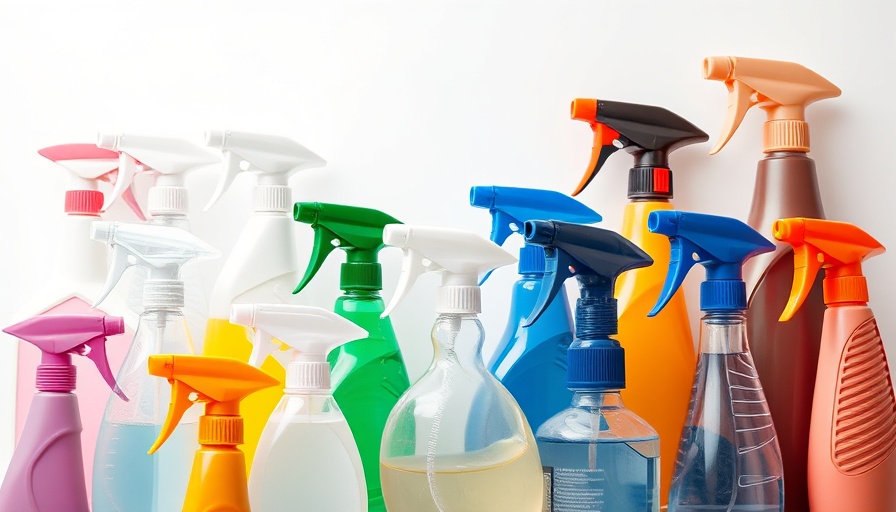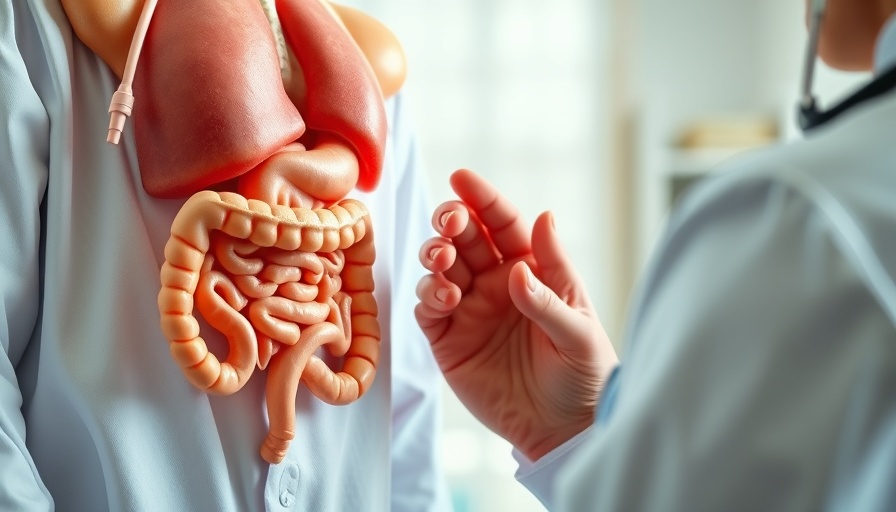
Cleaning Products: A Hidden Danger for Our Lungs
Did you know that everyday cleaning products and air fresheners could be putting your lung health at risk? According to a recent study published in the review “Damaging Effects of Household Cleaning Products on the Lungs,” using household cleaning sprays can lead to serious respiratory issues, including asthma and chronic obstructive pulmonary disease (COPD).
Why Are Household Products So Harmful?
Although the adverse effects were first noticed among healthcare workers and professional cleaners, new findings indicate that our own homes can also be a source of danger. The use of certain cleaning sprays in household environments has been linked to childhood respiratory issues and may be a contributing factor to adult asthma cases. Alarmingly, research shows that common household cleaning sprays may account for one in seven adult asthma cases.
The Role of Fragrance Chemicals
What’s worse, many cleaning and air freshening products contain fragrance chemicals that can exacerbate respiratory problems. A survey found that one in three Americans reported health issues like headaches or breathing difficulties due to exposure to scented products. These issues can lead to significant disruptions in daily life, making it crucial to be aware of what is in our cleaning supplies.
Environmental Awareness: Choosing Safer Alternatives
While it’s impossible to eliminate all cleaning products from our homes, being selective can lead to healthier living. Opting for environmentally-friendly products can help mitigate potential risks. However, be vigilant, as even these products can contain harmful ingredients. Unfortunately, there is no law in the U.S. requiring full disclosure of all ingredients in fragranced products. Therefore, it's essential to educate ourselves about what we’re exposing our bodies to.
Taking Action: A Community Responsibility
It might feel overwhelming to change our cleaning habits, but awareness is the first important step. By choosing safer products for our homes, we can significantly reduce our exposure to harmful chemicals. This is especially important for families with children or those who are already facing respiratory challenges.
Inspirational Stories of Change
Communities around the world are becoming more aware of how cleaning products affect health. From local initiatives advocating for more transparent labeling to grassroots movements promoting sustainable cleaning alternatives, individuals are making a difference. By sharing stories about these changes, we can inspire others to advocate for cleaner air and a healthier home environment.
What You Can Do Today
If you're worried about the impact of cleaning products on your lungs or the health of your loved ones, here are a few practical tips:
- Choose products labeled as non-toxic and environmentally safe.
- Consider making your own cleaning solutions using natural ingredients like vinegar and baking soda.
- Regularly ventilate your home to reduce the concentration of indoor pollutants.
Ultimately, the power lies in our hands. By being conscious consumers, we can push manufacturers toward producing safer cleaning products. It’s all about making informed choices and supporting products that prioritize our health.
Let’s spark a conversation about cleaner alternatives and healthier homes. With every small step we take, we create a ripple effect that can and will promote better living for all. Join me in advocating for safer cleaning solutions that not only protect our homes but also our lungs!
 Add Row
Add Row  Add
Add 




Write A Comment